It could let everyone benefit from good genes.



New research published in Nature Scientific Reports (opens in new window) has found that a hormone produced by plants under stress can be applied to crops to alleviate the damage caused by salty soils. The team of researchers from Western Sydney University and the University of Queensland identified a naturally-occurring chemical in plants that reduces the symptoms of salt stress in plants when applied to soil, enabling the test plants to increase their growth by up to 32 times compared with untreated plants.
Salinity is a huge issue across the world, affecting more than 220 million hectares of the world’s irrigated farming and food-producing land. Salinity occurs when salty irrigation water is repeatedly applied to crops, leading to progressively increasing levels of salt in the soil which reduces crop yields, increases susceptibility to drought and damages soil microbiology. Scientists have long tried to find ways to breed salt-tolerance or develop methods that remove salt, and this new research is promising in its potential ability to reduce the damage in crop plants that results from salt.
“We identified a compound called ACC that occurs naturally in plants when they become stressed by drought, heat or salty conditions,” said Dr. Hongwei Liu, Postdoctoral Fellow in Soil Biology and Genomics at the Hawkesbury Institute for the Environment at Western Sydney University.

Brains contain a variety of immune cells that play an important role for brain function. A team led by Prof. Kiavash Movahedi (VIB Center for Inflammation Research at VUB) has developed a comprehensive cell atlas of the brain’s immune compartment. This revealed not only the striking diversity of brain macrophages, but also uncovered microglia where they were not expected. Remarkably, these previously unknown microglia showed a clear resemblance to microglia that are normally associated with neurodegenerative disorders such as Alzheimer’s disease. The new insights are important for understanding the role of macrophages in healthy brain physiology and for developing future treatments for neurodegenerative diseases.
Macrophages in the brain were first discovered 100 years ago by the Spanish scientist P\xEDo del R\xEDo-Hortega. Most brain macrophages are known as microglia. These cells are in close contact with neurons and are critical for the proper development and functioning of the brain. But beyond the microglia, brains house several other types of macrophages, many of which are relatively unknown.
Prof. Kiavash Movahedi (VIB Center for Inflammation Research, VUB), said, “While microglia are fairly well studied, other brain macrophages have remained quite enigmatic. We wanted to obtain a better understanding of these cells, as we believe they could be critical for regulating brain inflammation and immunity.”
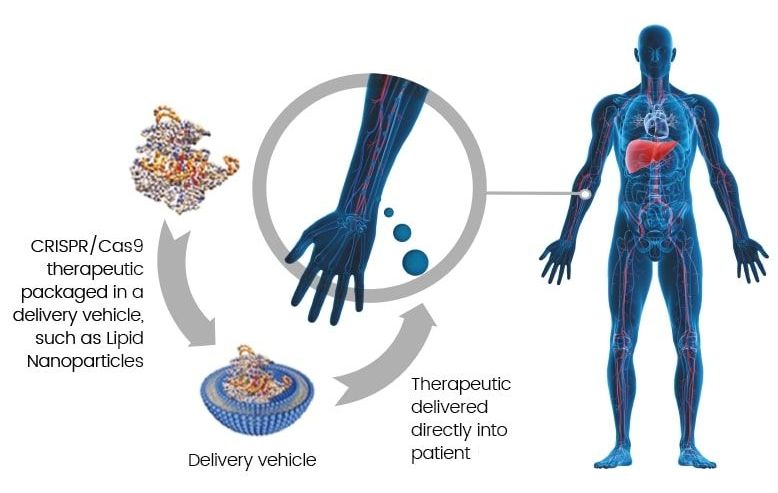
Intellia and its research collaborator, IRCCS Ospedale San Raffaele presented new in vitro data showing that CRISPR/Cas9 editing resulted in over 98% knockout of the endogenous T cell receptor (TCR), while achieving transfer of various Wilms’ Tumor 1 (WT1)-specific TCRs into over 95% of isolated T cells.
Intellia Therapeutics is a leading genome editing company focused on developing curative therapeutics using the CRISPR/Cas9 system. Intellia believes the CRISPR/Cas9 technology has the potential to transform medicine by permanently editing disease-associated genes in the human body with a single treatment course, and through improved cell therapies that can treat cancer and immunological diseases, or can replace patients’ diseased cells.
SOURCES- Intellia Written By Brian Wang. Nextbigfuture.com
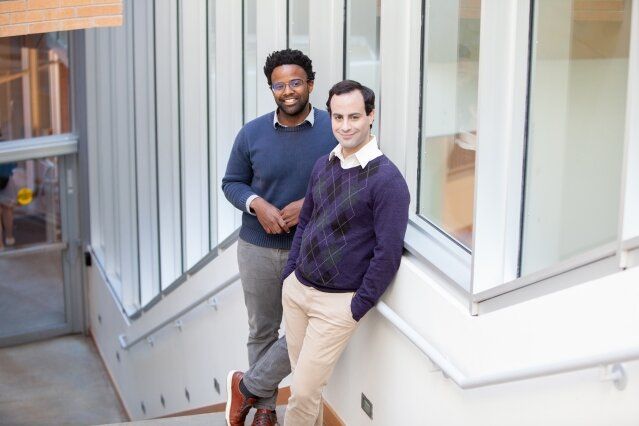
These days, nearly all the artificial intelligence-based products in our lives rely on “deep neural networks” that automatically learn to process labeled data.
For most organizations and individuals, though, deep learning is tough to break into. To learn well, neural networks normally have to be quite large and need massive datasets. This training process usually requires multiple days of training and expensive graphics processing units (GPUs)—and sometimes even custom-designed hardware.
But what if they don’t actually have to be all that big, after all?
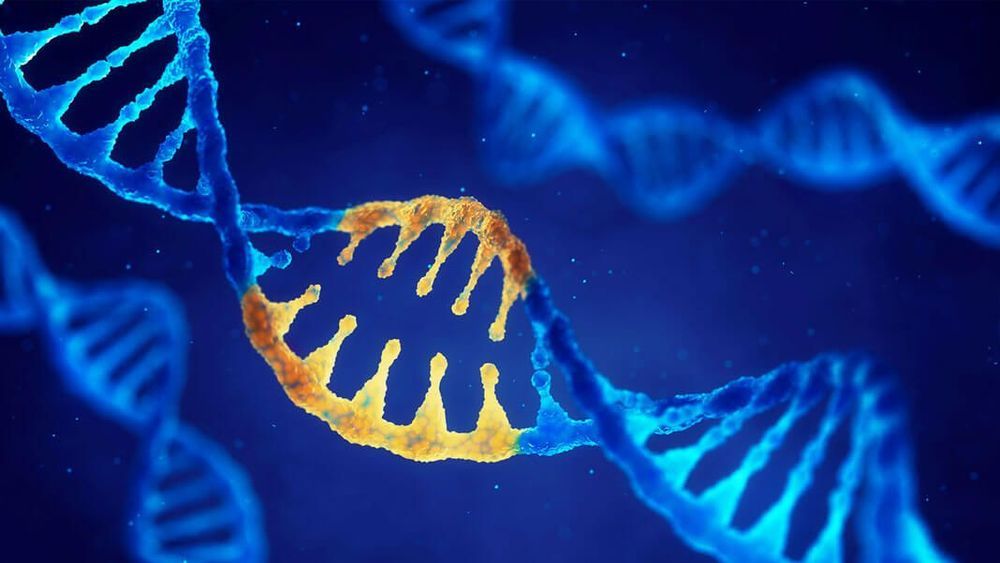
Here, doctors extract a patient’s own T cells, a type of white blood cell that normally acts as the body’s watcher against cancer and infection. Cancer cells eventually learn to evade T cells or disarm the troops—while turning their own surrounding normal cells into cancerous ones, thus expanding their tumor legion.
CAR-T uses gene therapy to recharge those beaten-down T cells. The UPenn study, for example, relies on a neutered HIV-like virus to deliver an artificial “tracker” protein into those cells. These designer trackers expertly hunt down a protein dubbed NY-ESO-1, which dot certain cancer cells’ surface like a homing beacon.
CRISPR amplifies the CAR-T effect: the team is using the gene editing tool to erase three different “brakes” in T cells. Killing off the first two, TCR α and TCR β, keeps the edited cells in check to prevent friendly autoimmune fire, and allows the added “tracker proteins” to thrive in large numbers. Wiping out the third, PD-1, prevents a phenomenon called T cell exhaustion. It’s aptly named: here, tumor cells secrete molecules that literally shut down T cell activity, zapping away their killing power.
After its release, Tesla owners could instruct their vehicles to autonomously pull in or out of a parking space or garage with the push of a button. They just couldn’t expect the car to make any turns.
In late 2018, Musk began teasing a major update to Summon, which Tesla began rolling out in March — and a newly released video of Enhanced Summon in action shows just how far autonomous tech has come in three years.
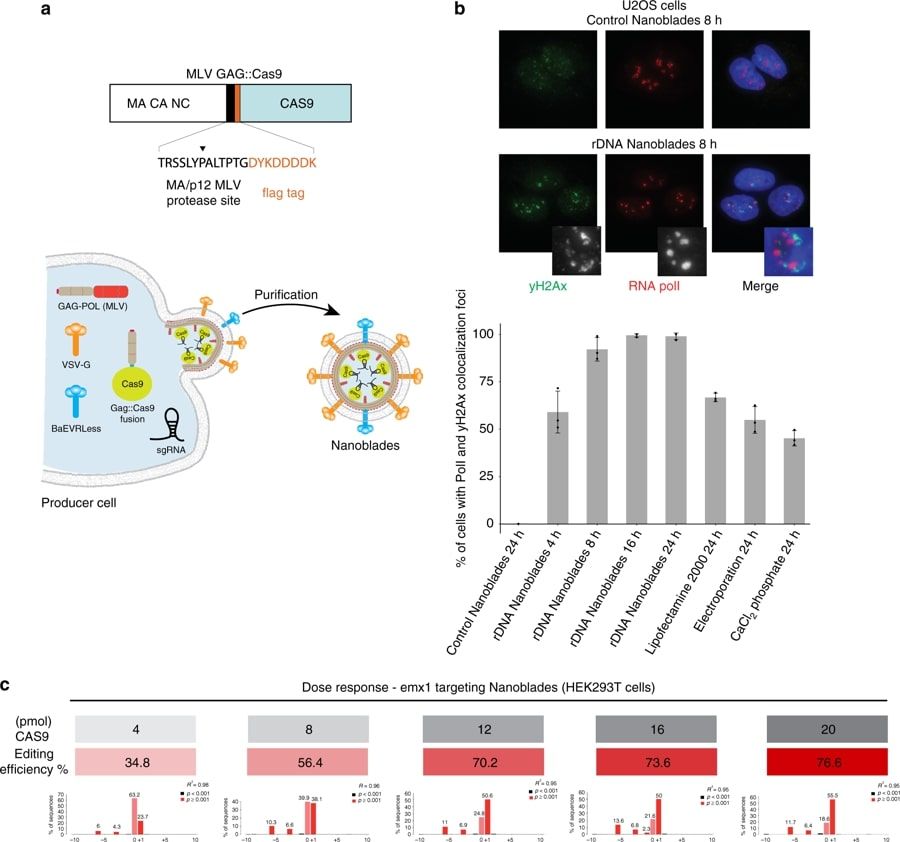
Targeted genome editing tools, such as meganucleases (MGN), zinc-finger nucleases (ZFN), transcription activator-like effector nucleases (TALENs) and more recently the clustered regularly interspaced short palindromic repeats (CRISPR) have revolutionized most biomedical research fields. Such tools allow to precisely edit the genome of eukaryotic cells by inducing double-stranded DNA (dsDNA) breaks at specific loci. Relying on the cell endogenous repair pathways, dsDNA breaks can then be repaired by non-homologous end-joining (NHEJ) or homology-directed repair (HDR) allowing the removal or insertion of new genetic information at a desired locus.
Among the above-mentioned tools, CRISPR-Cas9 is currently the most simple and versatile method for genome engineering. Indeed, in the two-component system, the bacterial-derived nuclease Cas9 (for CRISPR-associated protein 9) associates with a single-guide RNA (sgRNA) to target a complementary DNA sequence and induce a dsDNA break. Therefore, by the simple modification of the sgRNA sequence, users can specify the genomic locus to be targeted. Consistent with the great promises of CRISPR-Cas9 for genome engineering and gene therapy, considerable efforts have been made in developing efficient tools to deliver the Cas9 and the sgRNA into target cells ex vivo either by transfection of plasmids coding for the nucleases, transduction with viral-derived vectors coding for the nucleases or by direct injection or electroporation of Cas9-sgRNA complexes into cells.
Researchers have designed Nanoblades, a protein-delivery vector based on friend murine leukemia virus (MLV) that allows the transfer of Cas9-sgRNA ribonucleoproteins (RNPs) to cell lines and primary cells in vitro and in vivo. Nanoblades deliver the ribonucleoprotein cargo in a transient and rapid manner without delivering a transgene and can mediate knock-in in cell lines when complexed with a repair template. Nanoblades can also be programmed with modified Cas9 proteins to mediate transient transcriptional activation of targeted genes.
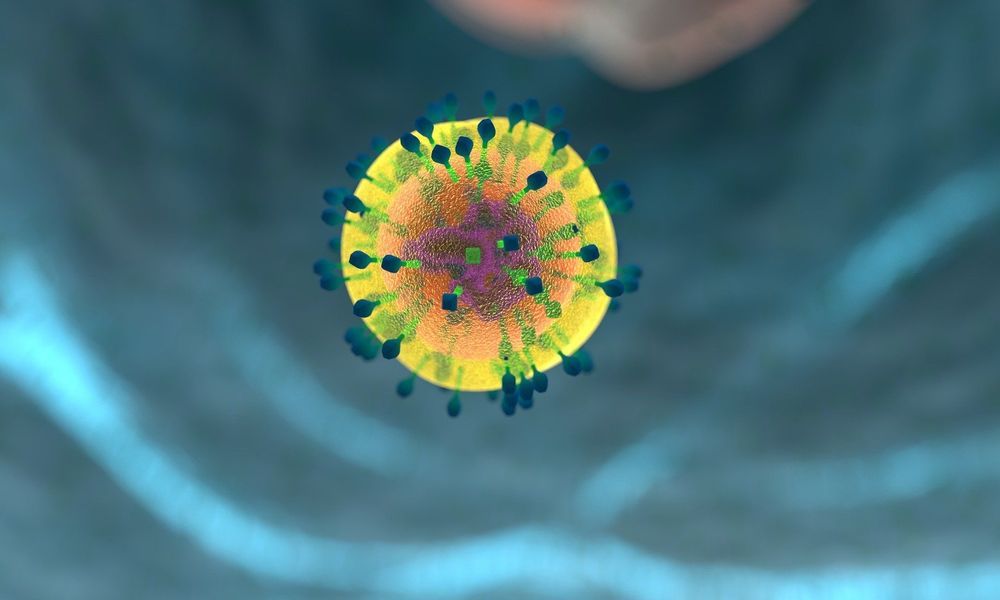
Scientists from Trinity College Dublin have discovered a potential new target for regulating inflammation, which drives a range of diseases including diabetes, cancer and Alzheimer’s. The potential target is an ancient immune protein—SARM—that has been conserved throughout evolution and thus is very similar in humans, other mammals, flies and worms.
The scientists, from Trinity’s School of Biochemistry and Immunology based at the Trinity Biomedical Sciences Institute (TBSI), discovered a previously unknown but important role that SARM plays in the immune response. Their work has been published today in the prestigious journal Immunity.

“The future is electric,” Ducati CEO Claudio Domenicali said during an event in Spain, according to Electrek’s translation, and that the company is “not far from starting series production.”
READ MORE: Ducati CEO confirms ‘The future is electric’, says electric Ducati is coming [Electrek]
More on the bike: BMW’s Self-Driving Motorcycle Could Help Keep Bikers Safe.